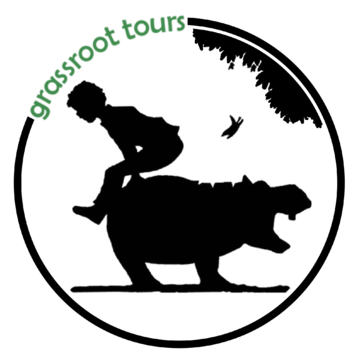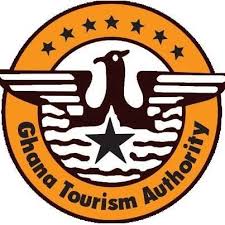Upper East Region Ghana
This region is found North Eastern Ghana and it is marked for its diverse cultures and history and the communal spirit among its communities. It contributes the second smallest land mas among the 10 administrative regions of the country.
Popular Tourist Sites in Upper East Region of Ghana
Paga Crocodile Pond
The only thing that kills the crocodiles here is natural death. There is never a death that was caused by a human. This is because the crocodiles here are forbidden to be hunted, harmed or killed. The people of Paga believe that these crocodiles are somehow connected to the spirit of their ancestors. That is why the crocodiles are regarded as being sacred in the community. Also, these people make sure that these crocodiles are fed by offering them sacrifices of live fowls. The crocodiles have in turn learned to live I harmony with the people as they do not harm them. However, this is not to say that the crocodiles are not dangerous. There is just something about the crocodiles of Paga and the people of Paga. Theirs is an unusual friendship.
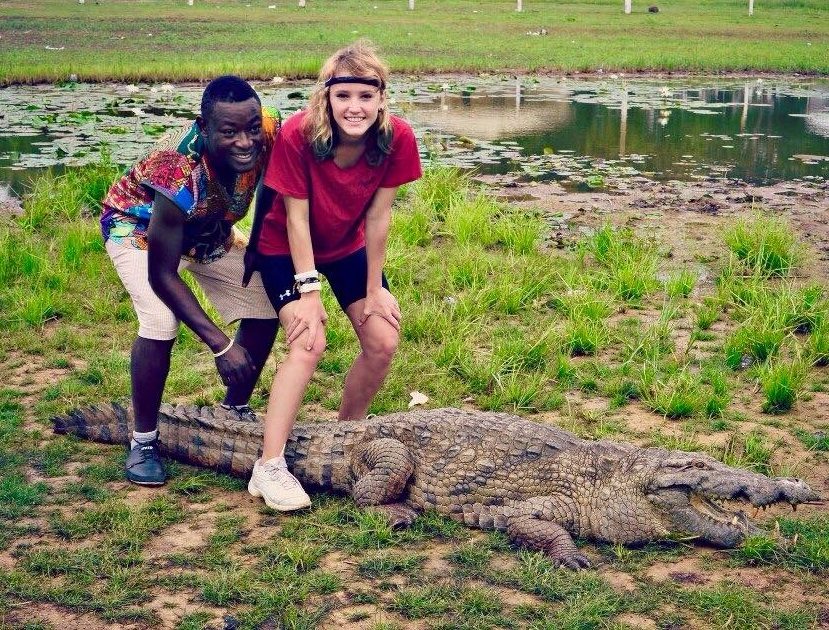
Navrongo Cathedral
This church is one of Ghana’s oldest ones. Our Lady of Seven Sorrows Cathedral was built in 1906 by the Europeans. The walls of the cathedral was built with mud and that is the reason why it is sometimes called the mud cathedral. On the inside, it looks like many other Catholic churches with pictures of events in the time of Jesus are pasted on the wall. Being one of the oldest churches in the country, the people that visit it aren’t all there to worship. Many of them are tourists who have come to feast their eyes on that ancient piece of beauty.

Bolgatanga Market
The most popular product you’ll find at the Bolgatanga market are straw woven baskets, called Bolga Baskets, when it isn’t the farming season. When it is the farming season, you’ll find many agricultural products there. Apart from those two, many other products are being sold at the Bolgatanga Market.
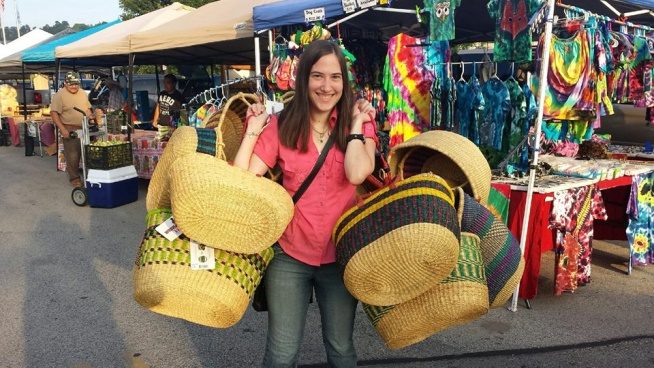
Tongo Hills And Tenzug Shrines
The things that make the Tongo community a popular tourist attraction site are their festivals, the Tenzug Shrine and the whispering rocks. The people of Tongo are a deeply traditional people and they often worship at the shrine. The shrine is believed to grant good luck and prosperity to its visitors. The Tongo Hills are also known for their many astounding, natural rock formations.
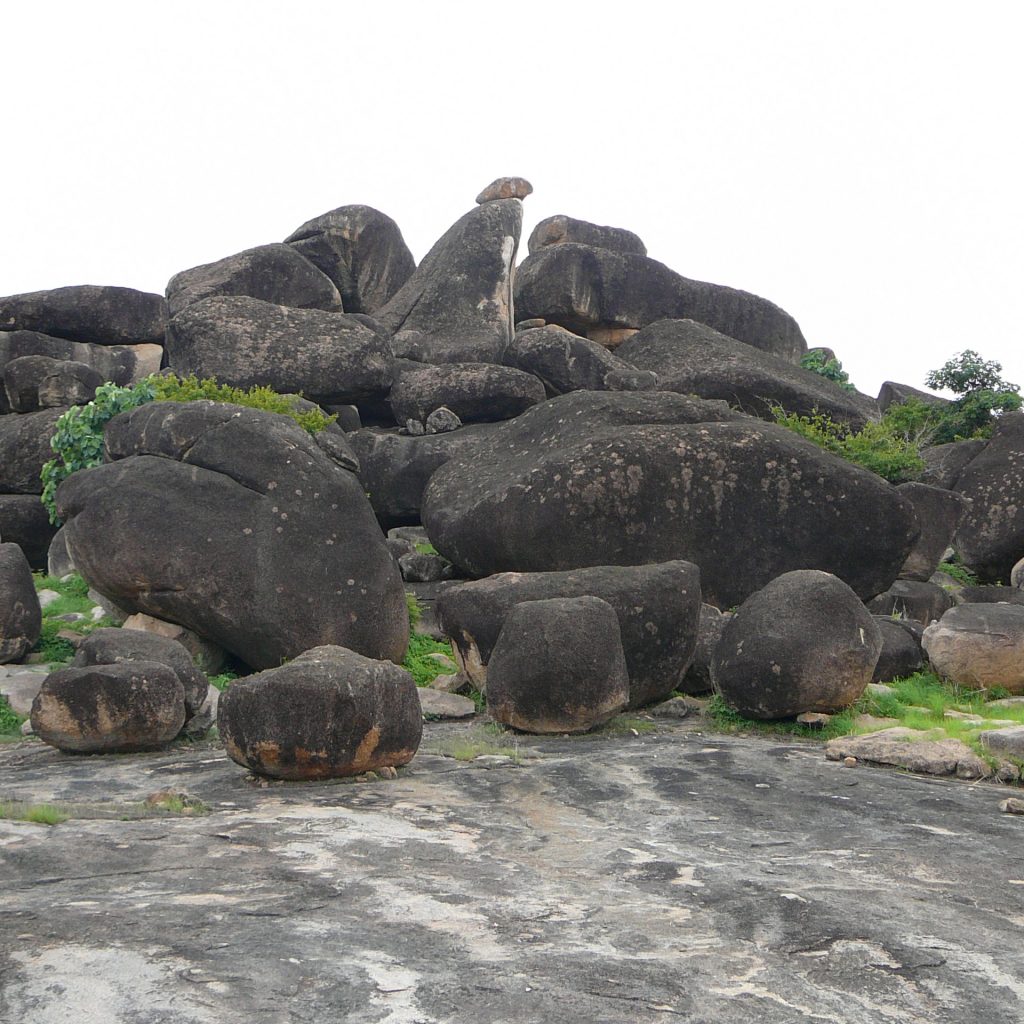
The Upper East Region is known for its diverse cultures, rich history, and strong communal spirit. It is also famous for its unique tourist attractions such as the Paga Crocodile Pond, Navrongo Cathedral, and the Tongo Hills and Tenzug Shrines.
Popular tourist attractions include:
Paga Crocodile Pond
Navrongo Cathedral
Bolgatanga Market
Tongo Hills and Tenzug Shrines
Pikworo Slave Camp
Naa Gbewaa’s Shrine
Nalerigu Defense Wall
Kulungugu Bomb Site
Tono Irrigation Dam
The Paga Crocodile Pond is special because the crocodiles are considered sacred and are believed to be connected to the spirits of ancestors. The crocodiles coexist peacefully with humans and only die of natural causes.
The best time to visit is during the dry season, from November to March, when the weather is more pleasant for outdoor activities. The rainy season can make some roads impassable.
Traditional dishes include tuo zaafi (TZ), waakye, and pito (a traditional millet beer). These can be found at local restaurants and food stalls.
Common modes of transport include taxis for short distances within towns and tro-tros (shared mini-buses) for traveling between towns and villages.
Bolga Baskets are straw woven baskets that are popular in the Bolgatanga Market. They are a significant product of the region, especially during the non-farming season.
The main languages spoken are Frafra and Kassem, but English is widely used for communication.
Some notable festivals include the Fao festival in Paga, the Feok festival in Bolgatanga, and the Damba festival, which celebrate local traditions and customs with colorful dances and ceremonies.
The Upper East Region is generally safe for travelers, but it is advised to take standard safety precautions, such as avoiding walking alone at night and being mindful of local customs.
